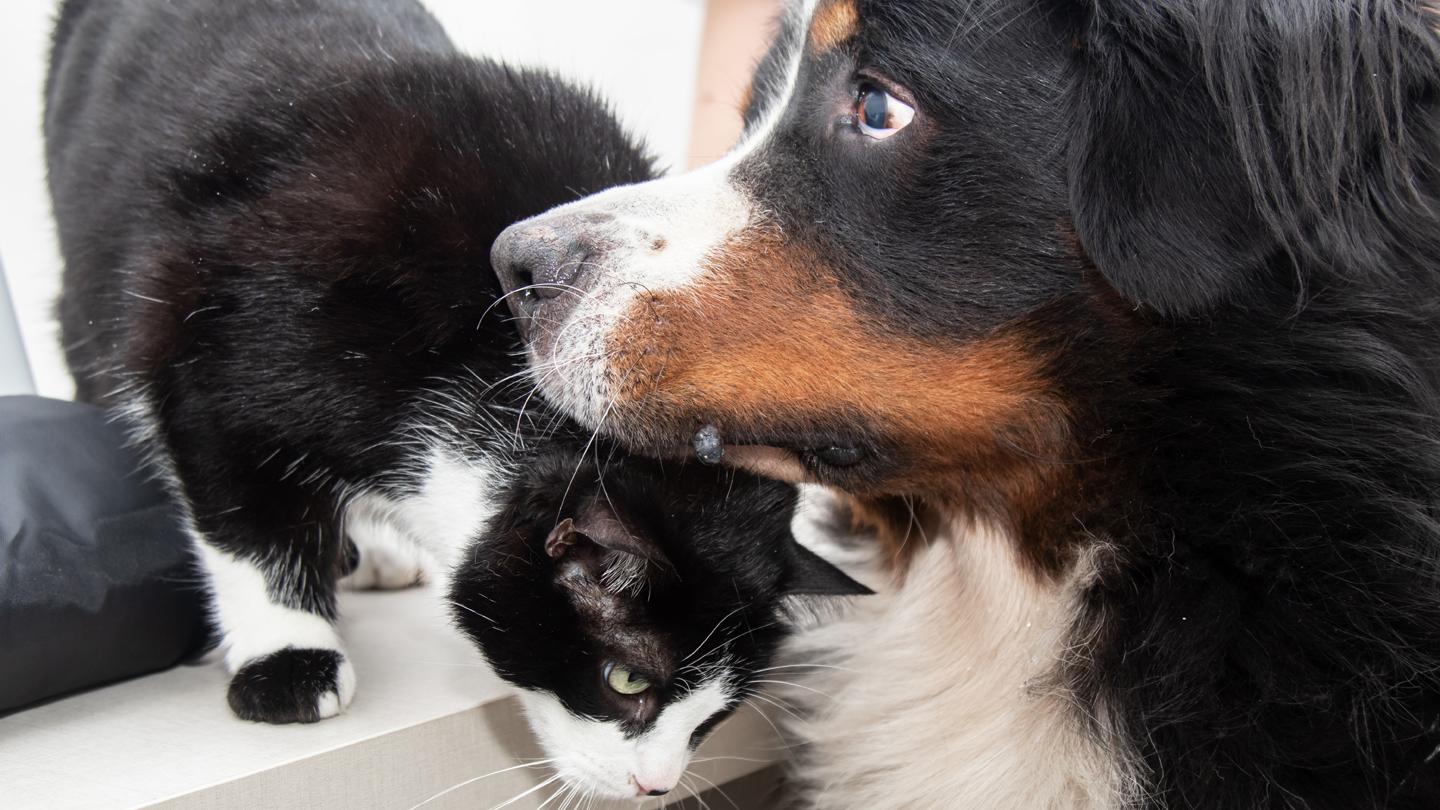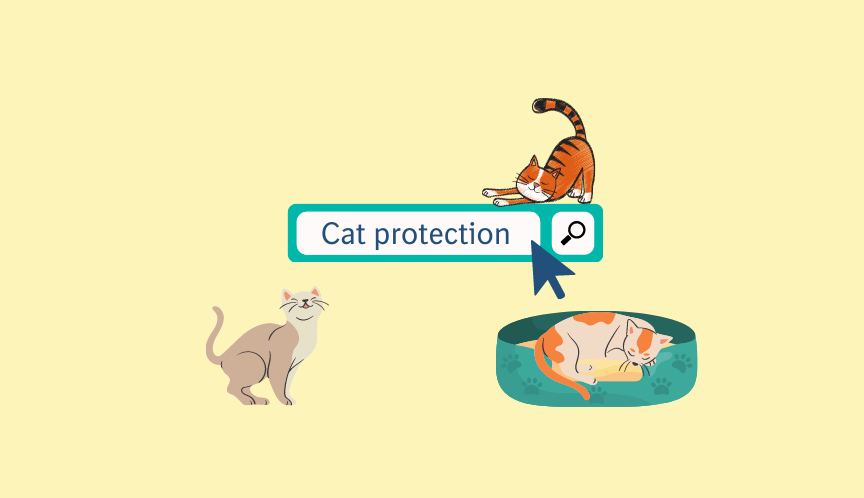Flea allergy dermatitis in dogs and cats
Fleas are active all year round, with higher levels of infestations arising in spring. Contrary to popular belief, fall is also a favorable season for fleas due to a suitable climate that supports the flea’s life cycle. A peak in pet infestations is thus often observed at that time. One of the most common illnesses associated with a flea infestation is flea allergy dermatitis (FAD) or flea bite hypersensitivity, which arises when a dog or cat’s immune system overreacts to the saliva injected by fleas during their bite. Itching, fur loss, and inflamed skin often follow.

Symptoms
A hypersensitivity reaction to proteins in a flea’s saliva sets off FAD. The pet’s immune system responds with an allergic reaction. Unlike a flea infestation, which often remains undiscovered or only involves light scratching at the beginning, the symptoms of FAD are much more pronounced. They can include restlessness or agitation, itchy skin inflammation, and later on, loss of fur and crusty or weeping patches of skin. Sweet itch may also appear as a symptom of FAD. The challenge is that sweet itch can have a number of causes. The vet should make a clear diagnosis because itchy, inflamed skin is a symptom of many skin diseases. What is even more problematic is that very few fleas may remain unnoticed, while their bites (several times a day) could set off the allergic reaction of FAD. This makes it that much more difficult for pet owners to correctly interpret the symptoms.
Treatment
The characteristic symptoms as well as a flea comb test can help indicate whether it is really a case of FAD. You should comb your pet’s coat with a flea comb, which you then wipe on a white towel to see the results. Small, black crumbs that break down and become reddish brown streaks are evidence of flea fecal matter and indicate a flea infestation. Subsequently, you should take your pet to the vet to discuss further treatment. The priority when treating allergic reactions is to keep the itching and the affected skin under control. A special anti-itching product is often prescribed, and any infection should also be treated.
Additionally, it’s crucial to thoroughly fight flea infestation and to focus on continuous prevention. You can treat flea infestation with an approved anti-flea product. You do have to treat all pets in your household at the same time because an untreated animal will maintain a flea infestation in the household. There are special treatment agents such as sprays or atomizers that you can apply in the buildings that the pets inhabit to get rid of the fleas. It’s also important to regularly clean the affected pet’s blankets and beds.
Prevention
If your pet has been diagnosed with FAD, it is essential to treat them year-round during their whole life with an effective anti-flea product to reduce the risk of a new allergic reaction. Furthermore, fleas carry other diseases, such as the cucumber tapeworm, which can also infect humans. It is therefore recommended to treat for fleas all year round - for the better health of humans and animals.
Related Content

Dog parasites: What you should know

The geography of pet parasites is changing


